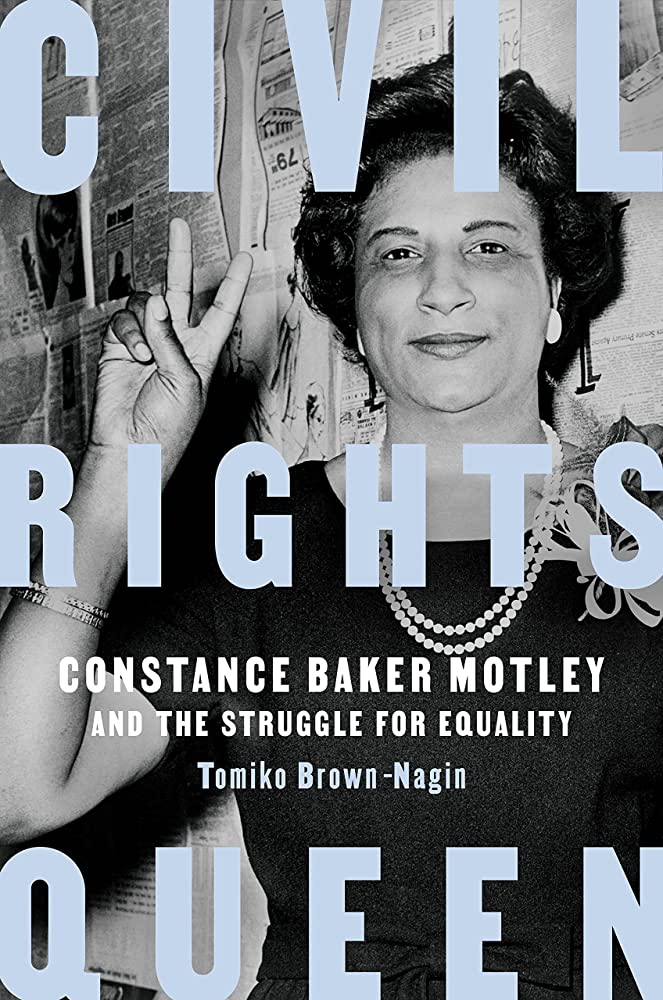The Civil Rights Movement and Apartheid were two significant struggles for civil rights and equality that aimed to end discrimination and segregation based on race. The Civil Rights Movement began in the mid-20th century and used non-violent tactics to challenge segregation and discrimination. The Montgomery Bus Boycott in 1955 was one of the most significant events of the movement, resulting in significant changes, including the Civil Rights Act of 1964 and the Voting Rights Act of 1965. Conversely, Apartheid was a system of institutionalized racial segregation in South Africa from 1948 to the early 1990s, abolished in 1994 with the first democratic elections. Both movements share a common goal of equality and justice, serving as a reminder of the importance of standing up against discrimination.
The Civil Rights Movement vs. Apartheid: A Comparison of Two Important Historical Struggles for Equality
Introduction
The Civil Rights Movement in the United States and Apartheid in South Africa were two important historical struggles for civil rights and equality. Both movements aimed to end discrimination, segregation, and inequality based on race. Despite their similarities, there were also significant differences between the two movements.
Origins of the Movements
The Civil Rights Movement in the United States was a struggle that began in the mid-20th century. African Americans faced systemic discrimination throughout the country, including being denied the right to vote, access to education, and employment opportunities. The movement was sparked by the Brown v. Board of Education Supreme Court decision in 1954, which ruled that segregation in public schools was unconstitutional.
Apartheid, on the other hand, was a system of institutionalized racial segregation that existed in South Africa from 1948 to the early 1990s. It was a legal framework that allowed the white minority government to maintain political, social, and economic control over the black majority population. Apartheid was introduced after the National Party came to power in 1948, and its policies aimed to divide the population into racial groups and exclude non-whites from political power.
Leadership and Tactics
The Civil Rights Movement had many prominent leaders, including Martin Luther King Jr., Malcolm X, and Rosa Parks. The movement used non-violent tactics such as sit-ins, boycotts, and peaceful protests to challenge segregation and discrimination. The Montgomery Bus Boycott in 1955 was one of the most significant events of the movement, where African Americans refused to ride on segregated buses. The movement also had support from allies such as white liberals and religious groups.
Apartheid, on the other hand, was challenged by the African National Congress (ANC), a political movement that aimed to end the system of racial segregation. Leaders of the ANC included Nelson Mandela and Walter Sisulu, who used both non-violent and violent tactics to fight against apartheid. The movement was supported by other anti-apartheid groups, as well as international organizations such as the United Nations and the Commonwealth of Nations.
End Results
The Civil Rights Movement resulted in significant changes in the United States, including the Civil Rights Act of 1964, which prohibited discrimination based on race, ethnicity, religion, and gender. The Voting Rights Act of 1965 also ensured that African Americans had the right to vote. Segregation in public places and schools was abolished, and affirmative action programs were implemented to increase diversity and access to employment and education.
Apartheid in South Africa was officially abolished in 1994, and the first democratic elections were held. Nelson Mandela, who was imprisoned for 27 years for his anti-apartheid activism, became the first black president of South Africa. The Truth and Reconciliation Commission was established to address human rights abuses during apartheid, and efforts were made to promote reconciliation and healing.
Conclusion
The Civil Rights Movement and Apartheid were two historical struggles that aimed to end discrimination and segregation based on race. Both movements had different origins, leadership, and tactics, but they shared a common goal of equality and justice. While the Civil Rights Movement resulted in significant changes in the United States, Apartheid in South Africa was officially abolished in 1994. These movements serve as reminders of the importance of standing up against discrimination and fighting for equality.
